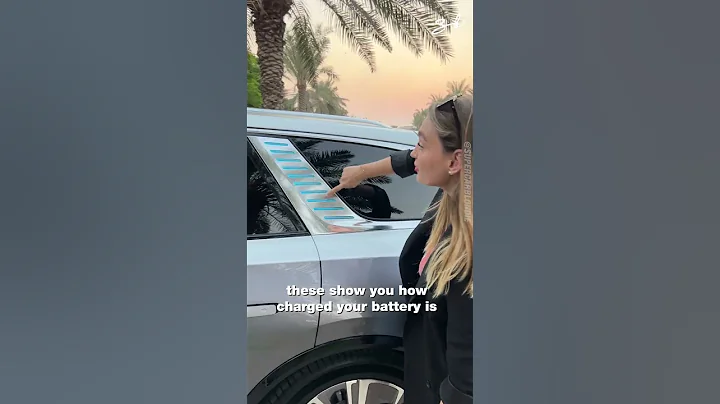technology can be sold in new cars, but it turns out that many digital functions have not been used, assuming that car owners know that their cars have these functions.
High-tech features are pushing up car prices. But if consumers don’t use them, or are frustrated because these things don’t work properly, then automakers and auto buyers are wasting their money.
A study found that in more than one-third of advanced technologies, most users did not even use this feature in the first three months after purchase. Usually, users will say this is because they don’t need this feature, but sometimes it’s because they don’t know this feature or find it difficult to use.

BMW's gesture control technology is a good example. It allows you to complete tasks such as adjusting the radio volume or answering calls by waving your fingers or waving your hand, instead of touching the screen or buttons.
But in the annual American Technology Experience Index, the overall satisfaction score of this technology is the lowest for the second consecutive year, with 41 problems reported by owners of every 100 vehicles—meaning complaints. I agree with BMW owners: it’s easier to use buttons.
Other built-in technologies are usually not used, although automakers have invested a lot of money in this area. For example:
General Motors is the first to equip millions of cars with an in-car business platform called marketplace, which allows you to order meals, reserve restaurants and hotels, and find gas stations through the dashboard. But 61% of car owners said they had never used the digital market for cars, and 51% said they didn't need it.
Honda, , Hyundai , and Toyota and other automakers have all made it easier for drivers to communicate with passengers in the rear seats through microphones or cameras. However, 52% said they had never used this system, and 40% said they did not need it. (Who needs a microphone when you can turn around and yell at your child?)
In fact, if car dealers can demonstrate how emerging technologies work well, consumers are more likely to use it.However, many car sales staff have not received sufficient training to explain all the characteristics of the cars they sell, and buyers usually do not ask, are not interested, or cannot accept them all.
research found that when buyers learn how to use advanced features from dealers, they use them more frequently.
Examples of these features include "safe exit assist technology"-a trailer assist technology that reminds a parking driver to wait for traffic before opening the door, and a trailer assist technology that helps the driver to drive a boat or RV.
Yes, but: The study found that car owners are more than twice as likely to learn about this type of technology from external sources (71%) than from dealers (30%).
Car owners’ favorites: cameras, cameras, and more cameras.
The top technologies all provide an additional set of eyes: a back-up camera with trajectory guidance, a rear-view mirror camera with enhanced visibility, and a 360-degree ground view camera.
electric car owners also like single-pedal driving technology, which allows the driver to lift his foot from the accelerator to slow down or stop without stepping on the brake.
The bottom line is: the in-car technology must be simple to use and explain clearly to the driver in advance, otherwise it will not be worth so much money.
.










